Introduction
In the realm of electrical installations, the choice of wiring system can significantly impact the safety, durability, and ease of installation. This article delves into the world of non-metallic raceway, a popular choice for residential applications. We'll explore its unique characteristics, benefits, and how it compares to traditional wiring systems. Additionally, we'll provide a step-by-step guide to installing non-metallic raceway, including the necessary tools and safety measures to consider. Whether you're a professional electrician or a DIY enthusiast, this comprehensive guide will equip you with the knowledge to revolutionize your wiring with non-metallic raceway.
Understanding Non-Metallic Raceway
A raceway is an enclosed channel that forms a physical pathway for electrical wiring, protecting it from various threats such as heat, corrosion, and water. There are different types of raceways, including galvanized steel, non-metallic conduit or PVC, and flexible metal conduits. They can be installed either buried or on the surface. Non-metallic raceway, a specific type of raceway, carries similar characteristics and applications.
Benefits of Using Non-Metallic Raceway
Non-metallic cable is a common choice in many residential installations, especially for branch wiring. Non-metallic NM-B is the type of wire used for these types of applications. Some of the unique benefits of non-metallic cable include its non-metallic sheathing, making it a safe and durable option for indoor residential applications. It's available in multiple varieties for unique applications, with popular sizes being 14 AWG, 12 AWG, and 10 AWG. These features make non-metallic cable a useful wire for interior wiring applications, such as interior wall wiring, especially for lighting and appliances.
Comparing Non-Metallic Raceway with Traditional Wiring Systems
When comparing non-metallic raceway with traditional wiring systems like MC cable, the primary difference lies in the sheathing. MC cable has a metal casing, while non-metallic raceway has a non-metallic sheath. This core distinction leads to a range of differences relating to handling, installation, and safety considerations. Non-metallic raceway is a common choice in many residential installations, especially for branch wiring, and is often used for interior wiring applications. However, MC cable is often easier and more cost-effective to use in situations where a conduit would be required, as it comes with built-in protection.
Step-by-Step Guide to Installing Non-Metallic Raceway
Installing a non-metallic raceway is a straightforward process. Start by turning off power to the outlet from the circuit breaker box. Install a starter and new outlet boxes, then lay out the path for the raceway. Measure and cut the raceway, then install it and run the wire. Connect the wires and finish the installation. The entire system must be grounded for safety. Remember, accurate measuring and strict safety precautions are essential. If unsure, have a professional electrician inspect your work before turning the power back on.
Tools Required for Installation
When installing a non-metallic raceway, you'll need a variety of wire and conduit tools. Non-conductive fiberglass fish tape is essential for safely pulling and pushing wires. A range of cable ties in different sizes, such as 8-inch and 14-inch, available in both black and natural colors, are crucial for organizing and securing your wiring. UV-resistant options are also available for outdoor installations. Remember, choosing quality tools can significantly ease your installation process and ensure a robust setup.
Installation Process
To install non-metallic raceway, first transfer your plan to the wall, marking raceway, fitting, and wiring box locations. Ensure the power is off and verify there's no power at the existing outlet. Install mounting plates and cut raceway to fit. Connect the raceway to mounting plates and the surface, attaching fittings as required. Secure mounting plates and install wiring boxes. With metal systems, file any sharp edges after cutting. Finally, fish three lengths of wire between each box location, allowing extra at each end for splices. Rewire the existing source outlet, connect the corresponding wires in the new surface system, and wire all new devices and fixtures.
Safety Measures and Best Practices
When installing non-metallic raceway, it's crucial to adhere to safety measures and best practices. The National Electrical Code (NEC) provides guidelines to prevent electrical fires and ensure safe installations. For instance, when running NM-B (non-metallic) through conduit, it's important to consider the conduit's size and the wire's heat dissipation. Also, the NEC discourages using the code as a 'how-to' for DIY projects, suggesting that projects not covered in self-help books should be left to licensed electricians. Remember, the code is the minimum requirement, and oversizing wire or conduit can help manage heat.
Maintenance and Troubleshooting of Non-Metallic Raceway
Regular inspection and maintenance are crucial for the longevity and safety of your non-metallic raceway system. Look out for any signs of wear and tear, and ensure the system is properly grounded. If you encounter any issues, it's advisable to consult a professional electrician for troubleshooting and repairs.
Conclusion
Non-metallic raceway offers a robust and safe solution for residential wiring applications. Its non-metallic sheathing and versatility make it a preferred choice over traditional wiring systems. However, the installation process requires careful planning, accurate measuring, and adherence to safety guidelines. The National Electrical Code provides essential guidelines to ensure safe installations, but it's always advisable to consult a professional electrician for complex projects. Remember, quality tools and materials can significantly ease your installation process and ensure a robust setup. With proper installation and maintenance, non-metallic raceway can revolutionize your wiring system, providing a durable and safe solution for your electrical needs.









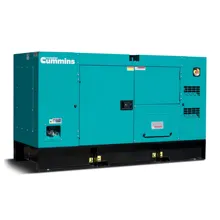
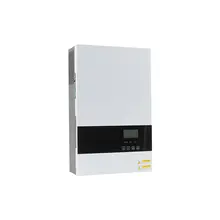

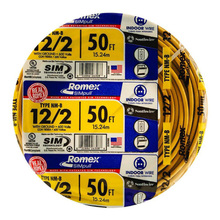
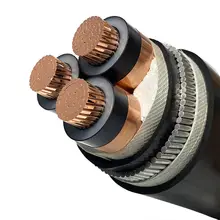
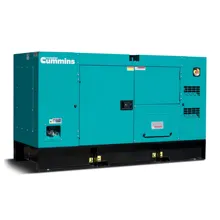






















 浙公网安备 33010002000092号
浙公网安备 33010002000092号 浙B2-20120091-4
浙B2-20120091-4